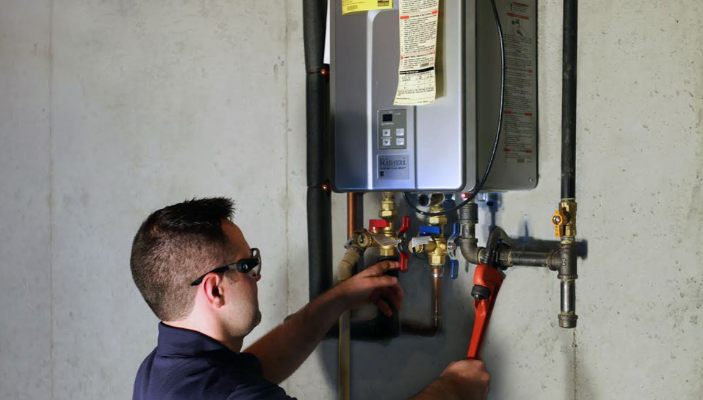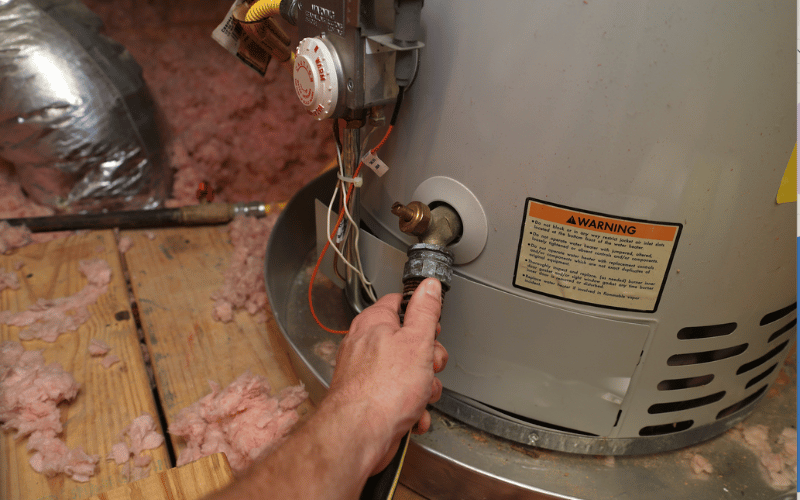Key Maintenance Strategies for Your Home's Hot Water SystemMaking Sure Durability of Your Home's Hot Water System: Care Tips
Key Maintenance Strategies for Your Home's Hot Water SystemMaking Sure Durability of Your Home's Hot Water System: Care Tips
Blog Article
Everyone may have their own individual idea on the subject of How to Maintain Your Water Heater & Prolong its Life.

Hot water is crucial for daily comfort, whether it's for a refreshing shower or washing dishes. To ensure your hot water system runs effectively and lasts much longer, routine upkeep is crucial. This post supplies functional pointers and understandings on how to keep your home's warm water system to avoid disruptions and costly repair work.
Introduction
Preserving your home's hot water system may appear overwhelming, yet with a couple of easy steps, you can ensure it operates smoothly for several years to come. This guide covers everything from understanding your hot water system to DIY upkeep suggestions and understanding when to employ professional aid.
Relevance of Preserving Your Hot Water System
Regular upkeep not just prolongs the life-span of your warm water system however likewise guarantees it operates successfully. Ignoring maintenance can bring about decreased effectiveness, higher power costs, and even early failure of the system.
Signs Your Hot Water System Needs Upkeep
Understanding when your hot water system requires focus can prevent significant concerns. Watch out for indications such as irregular water temperature, unusual noises from the heater, or corroded water.
Flushing the Water Heater
Purging your water heater eliminates debris buildup, improving performance and lengthening its life.
Monitoring and Replacing Anode Rods
Anode poles protect against deterioration inside the tank. Examining and changing them when worn out is critical.
Complicated Concerns Requiring Specialist Help
Instances include major leaks, electric troubles, or if your water heater is regularly underperforming.
Routine Expert Maintenance Perks
Specialist maintenance can consist of detailed evaluations, tune-ups, and making sure conformity with safety and security criteria.
Inspecting and Adjusting Temperature Settings
Adjusting the temperature level setups makes sure optimum performance and security.
Do It Yourself Tips for Upkeep
You can execute numerous maintenance jobs yourself to maintain your warm water system in leading condition.
Checking for Leaks
Consistently evaluate pipelines and connections for leaks, as these can result in water damage and higher costs.
Comprehending Your Hot Water System
Prior to diving into maintenance jobs, it's useful to understand the basic components of your warm water system. Generally, this includes the hot water heater itself, pipes, anode rods, and temperature level controls.
Month-to-month Maintenance Tasks
Regular month-to-month checks can assist catch small issues prior to they intensify.
Evaluating Pressure Alleviation Valves
Evaluating the stress relief valve guarantees it operates properly and avoids too much pressure build-up.
Insulating Pipes
Shielding hot water pipes reduces warm loss and can conserve energy.
When to Call an Expert
While do it yourself upkeep is useful, some problems call for expert know-how.
Verdict
Regular upkeep of your home's warm water system is important for effectiveness, longevity, and cost financial savings. By adhering to these ideas and knowing when to look for expert aid, you can make certain a reputable supply of warm water without unexpected disturbances.
How to Maintain an Instant Hot Water Heater
Before tinkering with your hot water heater, make sure that it’s not powered on. You also have to turn off the main circuit breaker and shut off the main gas line to prevent accidents. Also turn off the water valves connected to your unit to prevent water from flowing into and out of the appliance. 2. When you’re done, you have to detach the purge valves’ caps. These look like the letter “T” and are situated on either side of the water valves. Doing so will release any pressure that has accumulated inside the valves while at the same time avoid hot water from shooting out and burning your skin. 3. When the purge valves’ caps are removed, you have to connect your hosing lines to the valves. Your unit should have come with three hoses but if it didn’t, you can purchase these things from any hardware or home repair shops. You can also get them from retail stores that sell water heating systems. Read the user’s manual and follow it to complete this task properly. When the hosing lines are connected, open the purge port’s valves. 4. You should never use harsh chemical cleaners or solutions when cleaning your unit. Make use of white vinegar instead. It should be undiluted and you’ll probably use about 2 gallons. 5. Now flush your water heater. This task should probably take about 40 minutes. We can’t give you specific directions for this because the procedure is carried out depending on the type, model and brand of your heater. With that being said, refer to the user’s manual. 6. When you’re done draining the unit, you have to turn off the purge port valves again. Remove the hosing lines that you earlier installed on each of the water valves. Put the valve caps (purge port) back in their respective places and be very careful so as not to damage the rubber discs that are found inside these caps. 7. Now that everything’s back in place, check your user’s manual again to find out how to reactivate your water heating system. 8. Once it is working, turn one of your hot water faucets on just to let air pass through the heater’s water supply pipes. Leave the tap on until water flows smoothly out of it. https://www.orrplumbing.com/blog/2014/september/how-to-maintain-an-instant-hot-water-heater/

I was made aware of that report about Tips on Maintaining a Water Heater from someone on another web page. Liked our posting? Please quickly share it. Let somebody else check it out. Thanks so much for going through it.
Get Your Estimate Now Report this page